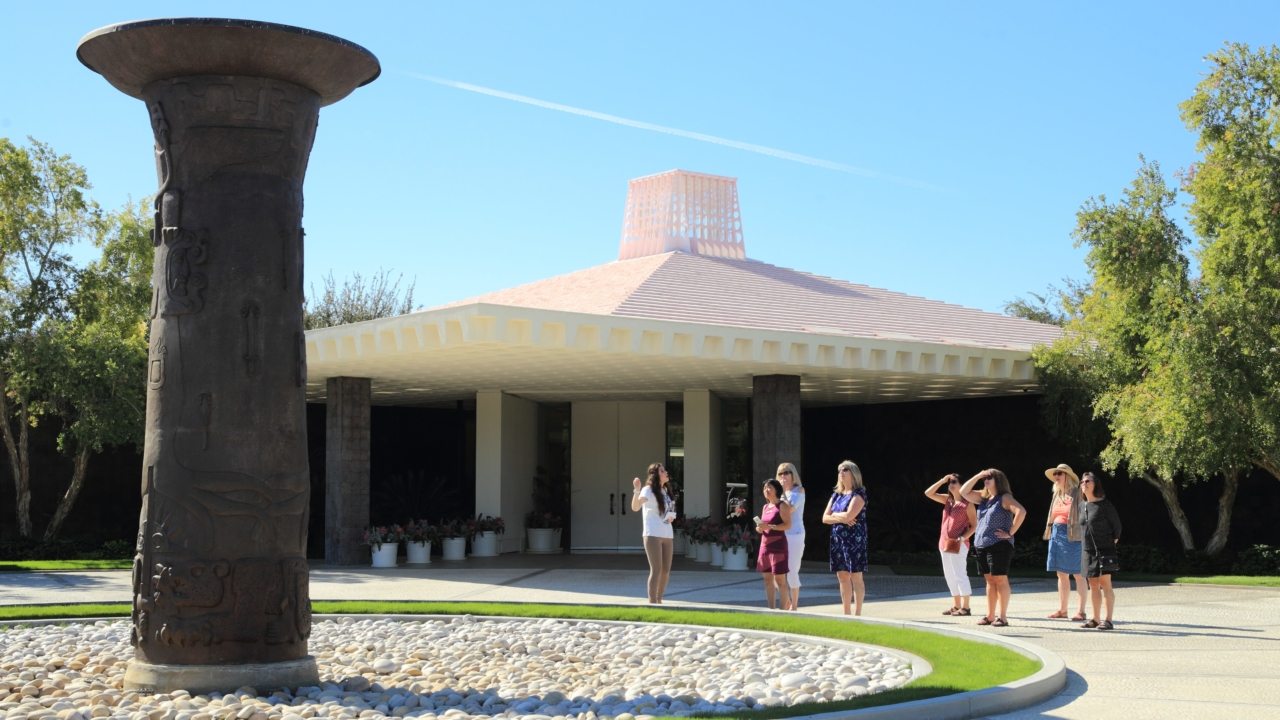Protected: J. Michael Fay
Mike Fay has spent his life as a naturalist—from the Sierra Nevadas and the Maine woods as a boy, to Alaska and Central America in college, to North Africa and the depths of the central African forest and savannas for the last 40 years. His love of nature puts him at the center of on the ground conservation efforts wherever he goes. He calls the Alaska Peninsula his home and Africa his home away from home.
Fay worked for the Wildlife Conservation Society of the Bronx from 1991-2021. He is currently employed by African Parks Network as Conservation Director based in Juba, South Sudan. Mike has been affiliated with several African Parks initiatives since 2004 including Zakouma, Ennedi, Odzala, and the Chinko Project. He served as interim Director General of the Chinko Project in 2018-2019. He has also been affiliated with National Geographic since 1985 and has served as an NG Explorer since 2006. He has worked with the Pristine Seas Initiative of National Geographic since its inception in 2009.
Trained as a botanist, after college Fay headed to Tunisia and the savannas of the Central African Republic to do floristic studies but was drawn into a battle to save elephants. Mike Fay has spent the past 43 years working on conservation projects all over Africa. He is specialized in the creation, institution building, and management of protected areas, focused primarily on central Africa.
He joined the Missouri Botanical Garden in 1984, under Dr. Peter Raven, to do his PhD on the western lowland gorilla and ended creating and managing two million acres of forest parks in the Central African Republic and Congo.
In 1999-2000, Fay walked the Megatransect, a 3,000 miles (4,800 kilometers) trek through the wildest forests left in central Africa. This work led to a historic initiative by the Gabonese government to create a system of 13 national parks in Gabon, making up some 11,000 square miles (28,500 square kilometers).
In 2004, Fay completed the Megaflyover, an eight-month aerial survey of the entire African continent. He logged 800 hours and 116,000 vertical images of human impact and associated ecosystems, now visible on Google Earth. This survey led to surveys of Southern Sudan in 2007 revealed wildlife migrations rivaled only by the Serengeti and Chad that revealed the first signs that Africa was facing a major elephant poaching crisis.
In 2008, Fay walked the entire range of the redwood tree, over 2000 miles (3,000 kilometers) to document forestry practices. Subsequently Fay migrated north to the forests of Southeast Alaska to question major mining development in British Columbia.
In 2010, Fay returned to Gabon to help President Ali Bongo Ondimba implement his Gabon Green development strategy leading him to vigorously fight poaching, illegal logging, and fishing.
From 2012 to 2020, Fay worked in Gabon to help President Ali Bongo Ondimba implement his Gabon Blue initiative of development strategy leading him to apply the complete fisheries law, establish law and order at sea, create the fisheries agency, and create the network of 20 Marine Protected Areas of Gabon.
In 2020-2021 Fay helped to implement a major new conservation effort in Northern Central African Republic and since January of 2022 is helping to initiate major APN projects in South Sudan, Ethiopia, and Uganda.
He is 65 years old and has no wife or children. He loves to explore wilderness on foot, fly planes low and slow and skipper boats in remote places. He has been an avid fly-fisherman since the age of 15.



